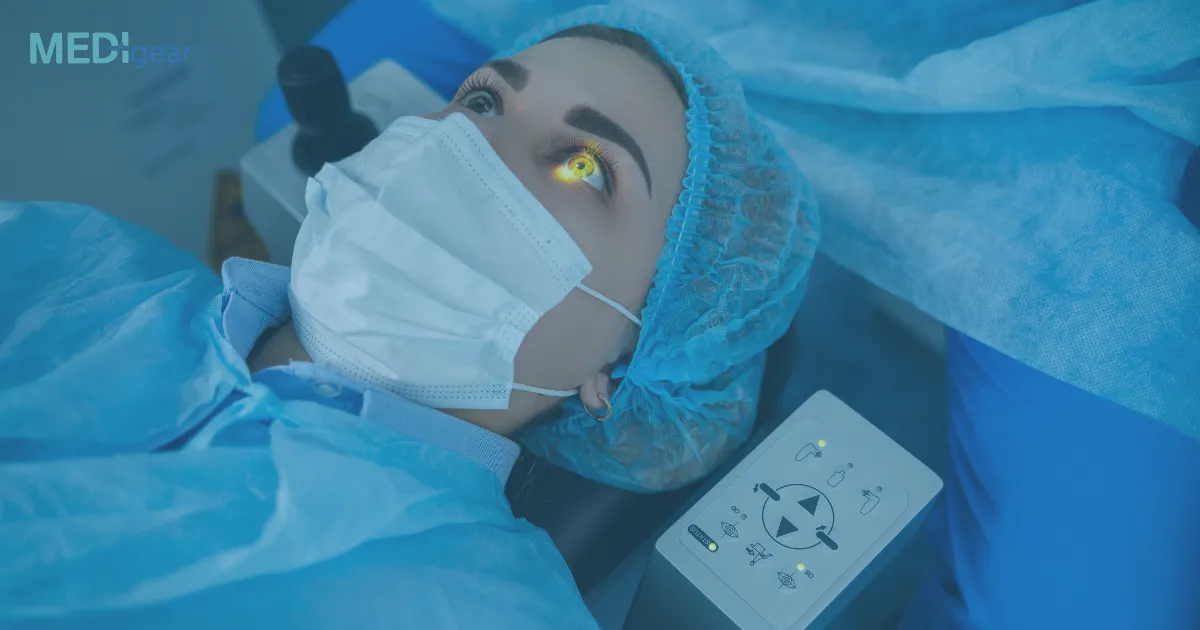LASIK (Laser-Assisted In Situ Keratomileusis) surgery is one of the most common procedures for correcting vision problems such as myopia, hyperopia, and astigmatism. Its success depends on highly precise measurements of the eye, particularly the cornea. Corneal topographers are advanced imaging devices that map the surface curvature of the cornea, providing essential data for safe and effective LASIK procedures.
1. What Is a Corneal Topographer?
A corneal topographer is a diagnostic device that creates a three-dimensional map of the cornea’s surface. By analyzing thousands of data points, it reveals even the smallest irregularities in shape, curvature, and thickness.
2. Role in LASIK Surgery
- Pre-Surgical Evaluation: Corneal topography helps surgeons assess whether a patient is a good candidate for LASIK by identifying corneal abnormalities such as keratoconus or thin corneas.
- Customized Treatment Planning: The detailed maps guide the laser in reshaping the cornea, ensuring the correction is tailored to each patient’s unique eye structure.
- Detection of Irregularities: Subtle distortions in corneal curvature that might affect visual outcomes are detected early, reducing the risk of complications.
- Post-Surgical Monitoring: After LASIK, corneal topographers are used to monitor healing, ensuring the cornea maintains its proper shape and stability.
3. Benefits for Patients and Surgeons
- Higher Accuracy: Provides detailed imaging for precise surgical planning.
- Improved Safety: Identifies risk factors before surgery, minimizing complications.
- Better Visual Outcomes: Customized mapping results in sharper, clearer vision after LASIK.
- Patient Confidence: Visual maps help patients understand their treatment plan.
Conclusion
Corneal topographers are indispensable tools in LASIK surgery. By providing detailed and accurate corneal maps, they help surgeons plan safer procedures and deliver improved visual outcomes. As technology advances, corneal imaging will continue to refine the precision and safety of refractive surgeries.






